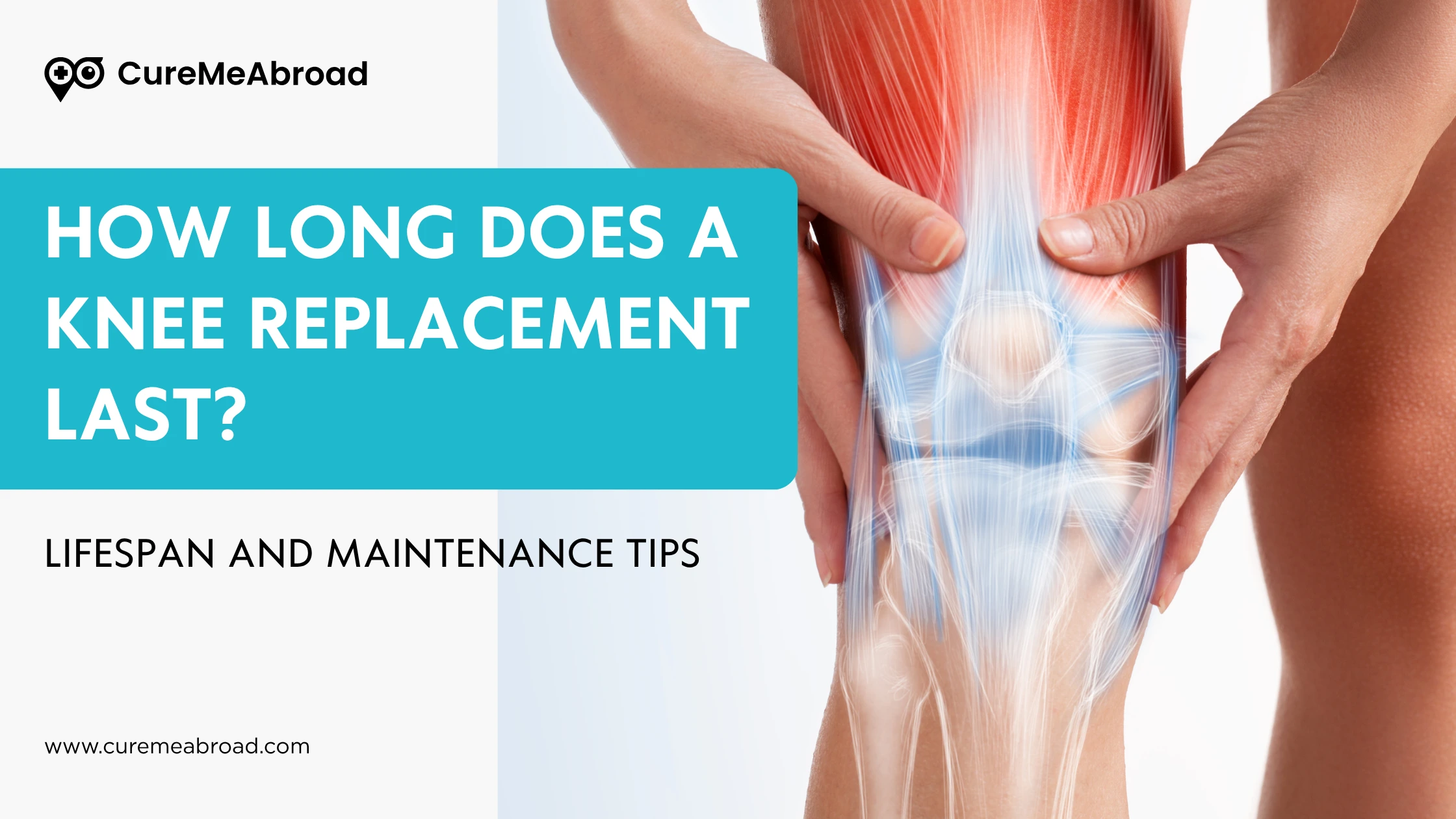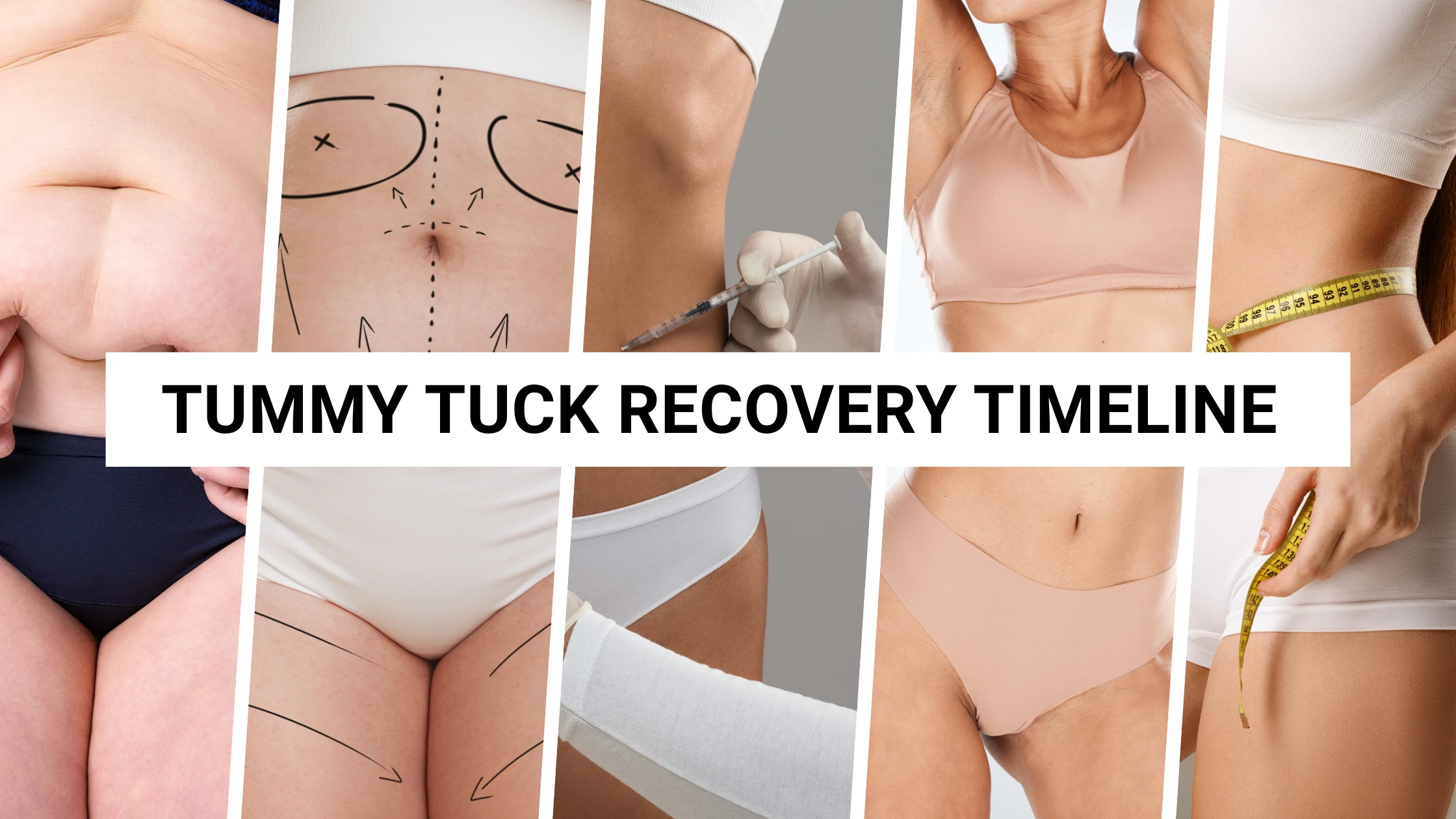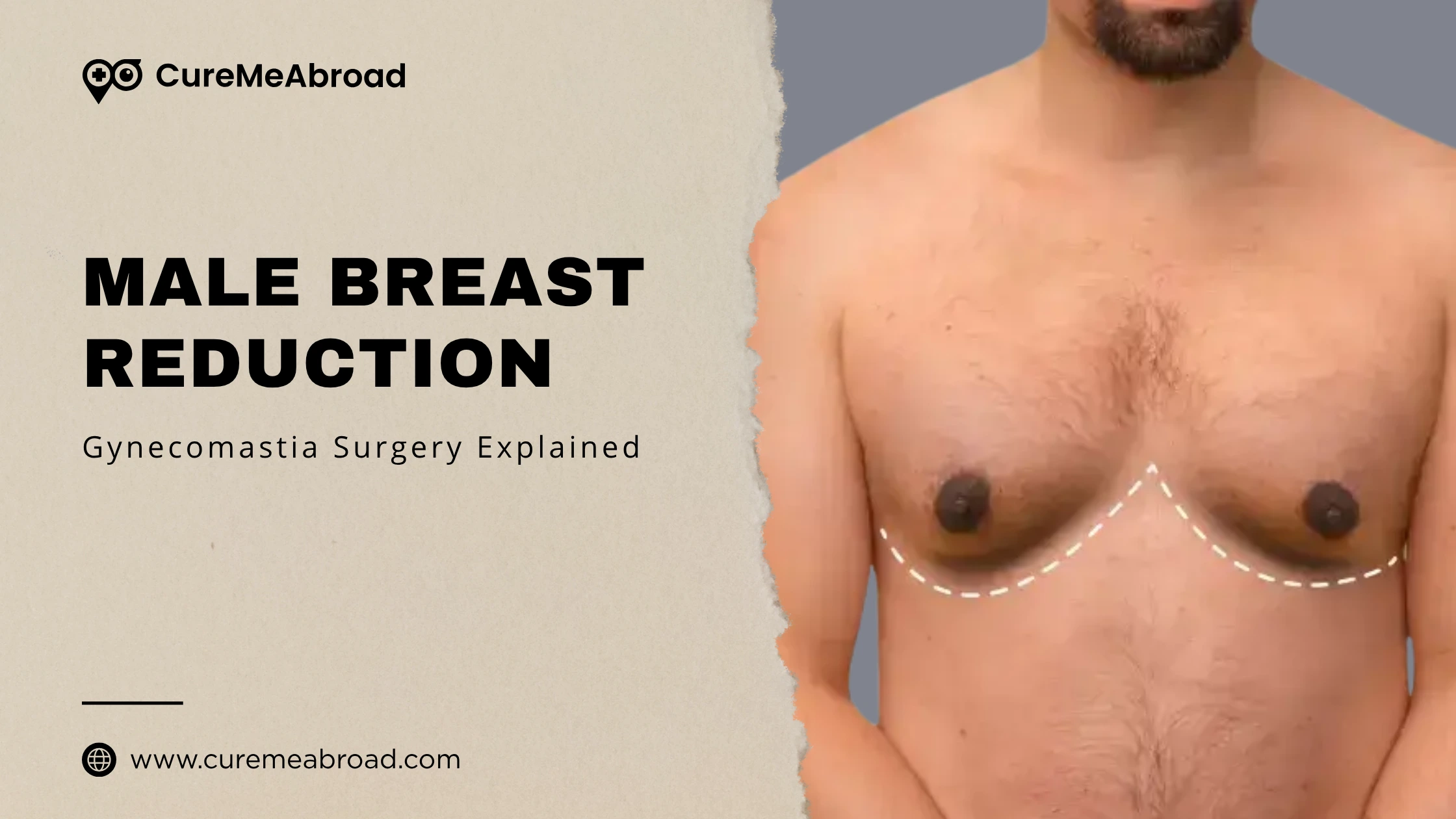Knee replacement surgery has become one of the most reliable treatments for people struggling with severe joint damage, arthritis, or mobility issues. Many patients who consider undergoing this surgery often ask the important question: how long does a knee replacement last? The lifespan of an artificial joint depends on various factors such as the type of implant, surgical techniques, and post-surgery care.
In this blog, we will explore the typical longevity of knee replacement implants, factors affecting durability, recommended practices for long-term maintenance, and what to expect regarding revision surgeries. By understanding these insights, patients and caregivers can make informed decisions and take proactive steps to enhance implant health.
Understanding Knee Replacement Surgery
Knee replacement surgery, also known as knee arthroplasty, involves removing damaged portions of the knee joint and replacing them with durable artificial implants. This procedure is often recommended for individuals who suffer from severe osteoarthritis, rheumatoid arthritis, or post-traumatic joint damage that limits daily activities. As patients begin considering treatment, one recurring concern is how long does a knee replacement last, since long-term function is vital for quality of life.
Modern surgical advancements and implant designs have greatly improved outcomes. Most patients report relief from persistent pain, better mobility, and restored independence after the operation. However, achieving and maintaining these results depends on factors such as surgical precision, implant quality, and the patient’s lifestyle choices after recovery.
Average Lifespan of a Knee Replacement
One of the first questions orthopedic surgeons hear from patients is: how long does a knee replacement last? Research shows that most modern knee replacements function effectively for 15 to 20 years. For many patients, this means the implant provides pain relief and mobility well into their senior years, reducing the likelihood of multiple surgeries in a lifetime.
Data collected globally highlights that approximately 90–95% of knee replacements are still functioning well 10 years after surgery, and around 80–85% continue working at the 20-year mark. Although every individual’s outcome may differ, these statistics provide reassurance about the reliability of modern implants when combined with proper care.
Longevity Statistics in Numbers
| Duration After Surgery | Percentage of Implants Still Functioning |
|---|---|
| 10 years | 90–95% |
| 15 years | 85–90% |
| 20 years | 80–85% |
| 25 years | 70–75% |
While implants don’t last as long as the original joint, the above statistics demonstrate that they provide durable pain relief and functional support for decades, especially when maintenance tips are followed.
Factors That Influence Longevity
The lifespan of an implant does not solely depend on time. Many biological, mechanical, and lifestyle factors influence durability. Implant type and surgical methods also play a role in long-term success.
For example, overweight individuals place higher stress loads on their implants, accelerating wear. Similarly, rigorous physical activity, such as high-impact sports, may shorten implant life. Meanwhile, improved surgical techniques and high-quality prosthetics enhance outcomes, emphasizing the importance of choosing an experienced orthopedic surgeon.
Implant Materials and Design
The type of implant materials used can drastically influence the lifespan of a replacement joint. Patients often consider how long a knee replacement lasts in relation to newer materials like advanced polyethylene, titanium, or ceramic coatings, which are designed to resist gradual breakdown. Different implant shapes and stabilizing components also affect how knees handle motion.
Some implants include gender-specific or age-specific designs that cater to anatomical variations. Technological innovations in cementless fixation and robotic guidance during placement further extend prosthetic life. Since high-quality implants are better equipped to withstand daily strain, choosing the right design is crucial for maximizing longevity.
Role of Surgical Technique
Longevity of these implants depends primarily on surgery. In truth, surgical technique plays a critical role. Accurate alignment, ligament balancing, and personalized sizing during the operation reduce uneven stress on the prosthetic, preventing premature loosening. Minor errors in placement can shorten implant lifespan by years.
Additionally, advanced surgical accuracy using robotic and computer-assisted navigation has reduced complication rates. Studies have shown that precision increases implant survival rates, as properly aligned components face less pressure. While the patient’s recovery habits matter, the foundation is set by surgical excellence.
Impact of Patient Lifestyle
Lifestyle choices after surgery are one of the most significant determining factors. Knee replacement last should evaluate their physical activity, diet, and exercise habits. Low-impact activities such as walking, swimming, or cycling extend implant health, while high-impact habits may accelerate breakdown.
Nutrition and weight management also matter significantly. Extra pounds increase pressure across the prosthetic surface, contributing to faster wear. By maintaining a balanced diet and staying active without overstressing the joint, patients can optimize their implant lifespan and prolong mobility benefits.
Post-Surgery Rehabilitation
Rehabilitation after knee replacement is not just about regaining movement initially; it influences long-term outcomes as well. Patients who adhere strictly to physiotherapy schedules are more likely to enjoy mobility years later. Understanding how long a knee replacement last requires factoring in early rehabilitation efforts, which condition muscles and improve joint stability.
Standard physiotherapy programs progressively help patients walk, climb stairs, and return to normal life. Lack of proper exercise, however, can lead to stiffness or increased risks of complications. Rehabilitation ensures both immediate recovery and protection against premature wear of the implant.
Common Reasons for Wear and Tear
While knee replacements are durable, they can experience gradual damage over time. Patients asking how long the knee replacement would last should be aware of the common issues: polyethylene wear (from friction), prosthetic loosening, implant infection, and instability. These factors typically dictate when revision surgery becomes necessary.
One of the leading causes of implant failure is wear of the plastic spacer between metal components. As it degrades, debris may trigger inflammation. Over time, this leads to loosening and possible bone loss, reducing implant effectiveness. Vigilance in identifying early signs is key to maximizing longevity.
Signs Your Implant May Be Failing
Recognizing early symptoms ensures timely medical attention and prolongs implant health. Patients still ask: how long does a knee replacement last if pain or swelling returns? These red flags may signal loosening, wear, infection, or mechanical issues within the joint.
Common symptoms of implant failure include new pain during rest, swelling, or instability while walking. Sudden changes, such as difficulty bearing weight, should prompt immediate consultation. Early diagnosis allows corrective treatments, often delaying the need for full revision surgery, ensuring years of additional function.
Revision Surgery Explained
Even the most well-placed prosthetics eventually need replacement. Patients wondering how long a knee replacement lasts will find that revision surgery is typically required after 15–20 years or earlier if complications arise. Revision involves removing the old implant and fitting a new one, often more complex than the original surgery.
While revision rates remain relatively low, outcomes can vary depending on bone quality and healing ability. Proper lifestyle habits may help individuals avoid or delay such surgeries. Awareness of revision risks keeps patients better equipped for long-term planning.
Comparing Partial vs Total Knee Replacement Lifespan
Not every patient requires a total knee replacement. Those considering how long a knee replacement lasts may undergo a partial replacement, which generally wears down more quickly than a total replacement, lasting around 10–15 years.
Partial replacements, however, offer quicker recovery and preserve more natural bone. Total replacements provide greater longevity but often require longer rehabilitation. Selecting the right type ensures realistic expectations tailored to individual conditions.
Maintenance Tips for Extending Lifespan
Patients can significantly extend implant life with proactive care. Beyond asking how long a knee replacement lasts, one should consider how to ensure maximum years of use. The secret lies in consistent exercise, weight management, and avoiding unnecessary strain.
Regular follow-up check-ups ensure small issues are detected early. Maintaining good posture, using supportive footwear, and incorporating low-impact sports like yoga or walking can minimize stress and wear. Thoughtful daily habits can easily add several extra years to implant longevity.
Exercise Recommendations After Surgery
Exercise plays a central role in recovery and long-term durability. Patients concerned with how long a knee replacement lasts should embrace strength-building routines like walking or cycling while avoiding impact sports such as running or basketball. These adjustments lower stress on the prosthetic while maintaining cardiovascular health.
Physical therapists may customize programs focusing on quadriceps and hamstring muscles to support knee function. Simple activities, such as walking for short durations each day, gradually enhance implant support and prevent stiffness, giving patients confidence and long-lasting benefits.
Diet and Weight Management
Diet and weight control strongly influence prosthetic lifespan. Patients adopting healthy eating patterns often enjoy better outcomes and ask less frequently how long a knee replacement lasts. Every extra pound magnifies strain on implants, reducing their life through accelerated wear.
Balanced diets rich in protein, calcium, and vitamins aid joint healing and overall well-being. Avoiding excess processed food and maintaining hydration supports bodyweight regulation, minimizing unnecessary stress upon knee replacements over decades.
Long-Term Care Strategies
Long-term vigilance is essential for protecting replacement joints. By now, it is clear that how long a knee replacement lasts largely depends on consistent monitoring. Regular medical check-ups, imaging tests, and blood work for early infection detection safeguard implant function.
Moreover, adopting ergonomic routines for daily activities prevents hidden strain. Simple changes like bending correctly, using supportive canes, or selecting cushioned shoes extend comfort and implant functionality over decades. Small protective actions have big cumulative effects.
Psychological Considerations in Recovery
Patients often focus only on physical issues when asking how long a knee replacement lasts. However, psychological health greatly influences recovery and long-term satisfaction. Depression, anxiety, or slow motivation can delay healing and increase risks of premature implant failure.
Positive attitudes, motivation, and realistic outcome expectations contribute to healthy lifestyles. When supported by family and healthcare teams, patients are more likely to adhere to rehabilitation and maintenance plans, which directly benefit implant performance.
Gender and Age Differences
Another consideration when discussing how long a knee replacement lasts is the variation by gender and age group. Younger patients, while eager to regain mobility, typically require revision earlier since their activity levels place greater stress on implants. Older patients generally have replacements that last longer because of reduced wear.
Some studies note subtle gender differences in implant survival, linked to anatomical structure. Women may benefit from gender-specific implant shapes. Understanding these variations helps patients and doctors make customized treatment choices for longevity.
Technological Advances in Knee Implants
The future of knee replacement is promising, with robotic-assisted surgeries and artificial intelligence improving outcomes. As patients ask how long does a knee replacement last in modern times, emerging materials like cross-linked polyethylene and 3D-printed implants are pointing to longer survival rates beyond 20 years.
Technology allows better sizing, more precise surgical cuts, and customized designs. These innovations enhance movement, reduce loosening risks, and ensure more natural knee function. Future research suggests implants may last closer to 30 years with next-generation materials.
Cost-Benefit Perspective
Patients often analyze cost relative to longevity. Naturally, they ask: how long does a knee replacement last for the financial investment made? Considering that most implants last 15–20 years, the procedure provides decades of mobility, reducing long-term healthcare costs linked to immobility or pain management.
Although revision surgeries may add cost later, the overall value remains positive, especially because pain-free movement dramatically improves life quality. Once patients can walk without severe restrictions, the benefits often outweigh the risks, making knee surgery a sound medical investment.
Global Variations in Outcomes
Survival rates for implants can differ by region due to surgical practices, patient demographics, and healthcare access. Patients may still wonder how long does a knee replacement last if performed in different countries. In highly specialized centers, the survival rate often exceeds averages thanks to better surgical execution.
Global data shows that implants tend to last longer when patients benefit from consistent follow-up. In places with limited post-operative support, survival rates may shorten, highlighting the role of healthcare infrastructure in determining implant life.
Table: Key Maintenance Do’s and Don’ts
| Do’s for Better Longevity | Don’ts That Harm Implant Life |
|---|---|
| Maintain healthy body weight | Engage in high-impact sports |
| Attend regular medical follow-ups | Neglect post-op rehabilitation |
| Practice low-impact exercises | Ignore swelling or pain signals |
| Eat a nutrient-rich balanced diet | Gain excess bodyweight |
| Use supportive footwear and daily aids | Lift excessive heavy loads |
Preventive actions not only prolong implant survival but also encourage overall health and mobility well into advanced age.
Future Outlook
Looking ahead, the future of orthopedic technology holds encouraging prospects. Many patients may soon benefit from biological solutions and tissue-engineering research, allowing partial regeneration of natural joint surfaces.
Growing trends in custom-designed implants, wireless implant sensors, and smarter surgical navigation are already under clinical evaluation. These advances promise better alignment, earlier intervention, and extended implant durability, redefining joint replacement care.
Conclusion
So, how long does a knee replacement last? On average, between 15 and 20 years, with many lasting even longer thanks to modern advances. However, implant survival is not predetermined: it depends significantly on surgical quality, implant materials, patient lifestyle, and long-term care.
By following recommended maintenance tips such as exercising wisely, managing body weight, staying vigilant for warning signs, and attending regular check-ups, patients can enjoy pain-free mobility for decades. Knee replacement remains a highly successful surgery with predictable, long-lasting benefits empowering patients to lead full and active lives.







